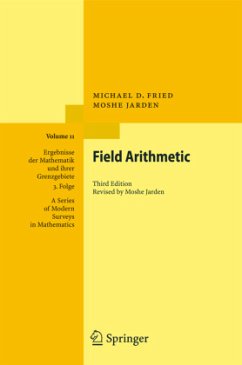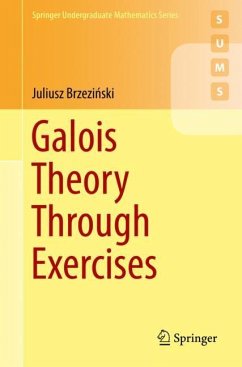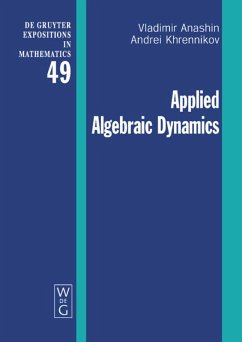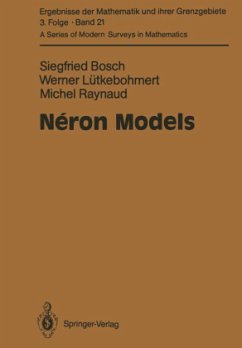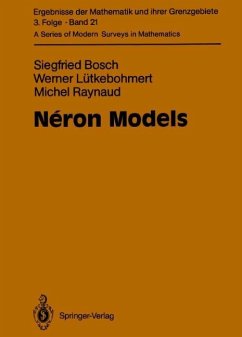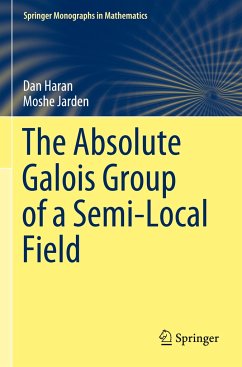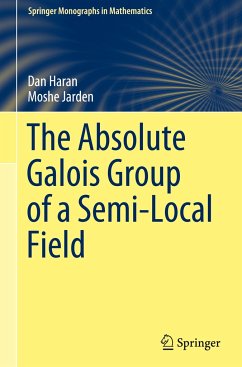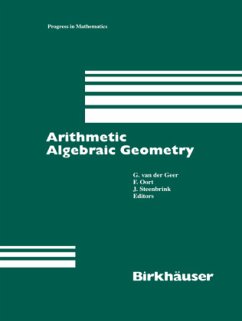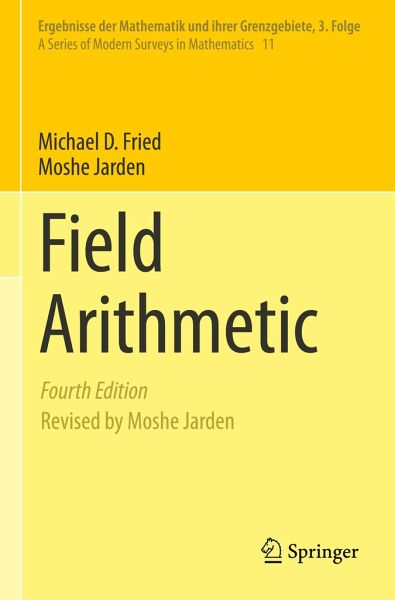
Field Arithmetic
Versandkostenfrei!
Versandfertig in 6-10 Tagen
175,99 €
inkl. MwSt.
Weitere Ausgaben:

PAYBACK Punkte
88 °P sammeln!
This book uses algebraic tools to study the elementary properties of classes of fields and related algorithmic problems. The first part covers foundational material on infinite Galois theory, profinite groups, algebraic function fields in one variable and plane curves. It provides complete and elementary proofs of the Chebotarev density theorem and the Riemann hypothesis for function fields, together with material on ultraproducts, decision procedures, the elementary theory of algebraically closed fields, undecidability and nonstandard model theory, including a nonstandard proof of Hilbert's i...
This book uses algebraic tools to study the elementary properties of classes of fields and related algorithmic problems. The first part covers foundational material on infinite Galois theory, profinite groups, algebraic function fields in one variable and plane curves. It provides complete and elementary proofs of the Chebotarev density theorem and the Riemann hypothesis for function fields, together with material on ultraproducts, decision procedures, the elementary theory of algebraically closed fields, undecidability and nonstandard model theory, including a nonstandard proof of Hilbert's irreducibility theorem. The focus then turns to the study of pseudo algebraically closed (PAC) fields, related structures and associated decidability and undecidability results. PAC fields (fields K with the property that every absolutely irreducible variety over K has a rational point) first arose in the elementary theory of finite fields and have deep connections with number theory.
Thisfourth edition substantially extends, updates and clarifies the previous editions of this celebrated book, and includes a new chapter on Hilbertian subfields of Galois extensions. Almost every chapter concludes with a set of exercises and bibliographical notes. An appendix presents a selection of open research problems.
Drawing from a wide literature at the interface of logic and arithmetic, this detailed and self-contained text can serve both as a textbook for graduate courses and as an invaluable reference for seasoned researchers.
Thisfourth edition substantially extends, updates and clarifies the previous editions of this celebrated book, and includes a new chapter on Hilbertian subfields of Galois extensions. Almost every chapter concludes with a set of exercises and bibliographical notes. An appendix presents a selection of open research problems.
Drawing from a wide literature at the interface of logic and arithmetic, this detailed and self-contained text can serve both as a textbook for graduate courses and as an invaluable reference for seasoned researchers.





